Complete Description of Plastic Foam From Synthesis to Application
How to produce plastic foam?
Foam is a type of polymer material dispersed by the large amounts of gas micropores formed solid plastic with light, heat insulation, sound absorption, corrosion-resistant, shock absorption and other characteristics, and dielectric properties superior to the matrix resin. Compared with pure plastic foam, low density, high weight, high specific strength (strength increases with increasing density) and the impact load absorption capacity, and excellent shock absorbing, sound absorbing, low thermal conductivity, good insulation properties, also has excellent electrical insulation, corrosion resistance, mold performance. Soft foam has excellent elasticity and other properties.
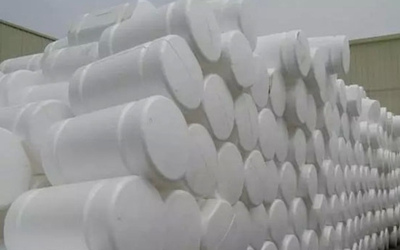
Almost all kinds of plastic can be made of foam, and foam molding has been an important area of plastic processing. Cell sub-types of closed-cell and open-cell. Closed cell porosity in isolation from each other, and there are floating property and aperture type of interconnected pores with no floating property. And the foam can be made of polystyrene, polyvinyl chloride, polyurethane and other resin.
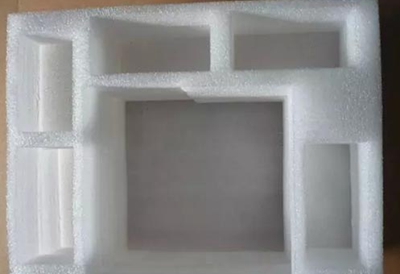
The type of plastic foam
According to the foam breed classification:
EPE is commonly known as EPE, EPS is commonly known as Styrofoam, soft PU is commonly known as sponge, rigid PU is commonly known as black material and UF is commonly known as flower mud.
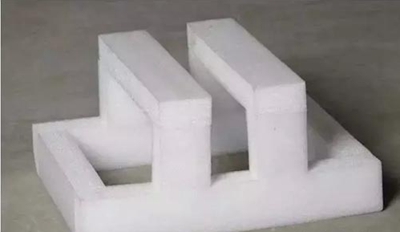
According to the density of the foam category:
High foam plastic products relative density is less than 0.1; products relative density of foamed plastic is between 0.1 and 0.4; and the low foam plastic products relative density is more than 0.4.
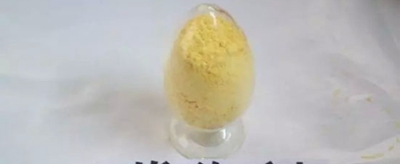
According to the hardness of the foam category:
The elastic modulus of flexible foams is less than 70 MPa; semi-rigid foams, elastic modulus is between 70~700MPa, and elastic modulus of rigid foams is greater than 700MPa.
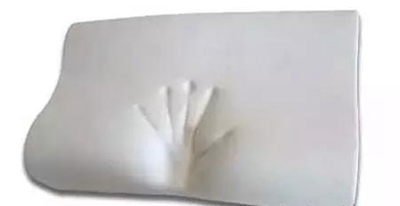
According to the features whether foam products within the pores communicating category:
Each foam products hole refers interconnected pores can be used to filter material. Closed cell foam refers to products stomatal and each separated from one another because it does not absorb water and can be used for floating material.
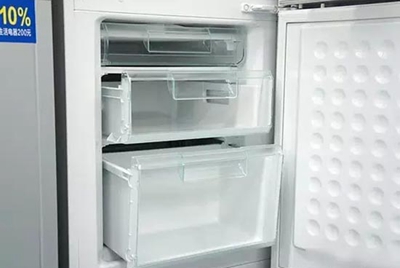
According to the surface condition of the foam category:
Ordinary foam that the degree of surface and interior foam products are the same. Various structural foam, interior products and the degree of surface foam, surface pores contain little or no porosity. Structural foam can replace the wood, which is also called synthetic wood, and commonly used in car door handles.
